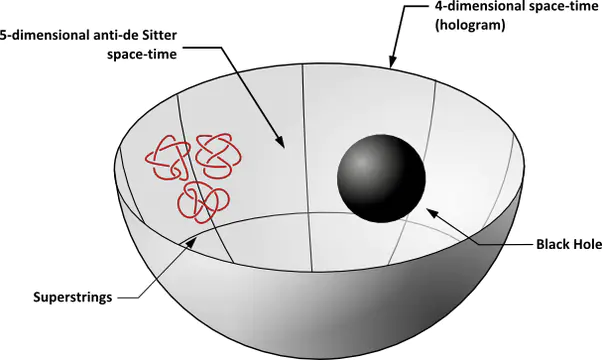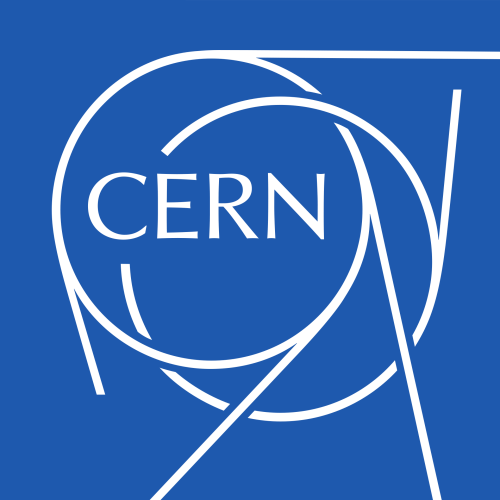Лаборатория физики высоких энергий
Аушев Тагир Адул-Хамидович
Лаборатория создана в 2014 году по конкурсу, проводимому в рамках Программы 5-100 МФТИ, и работает в области физики высоких энергий и элементарных частиц, участвует в эксперименте CMS в научно-исследовательском центре CERN, Швейцария, в исследованиях коллабораций MPD и BM@N ускорителе NICA, Россия. Исследования в области блокчейна. Направления деятельности: - изучение распадов В-мезонов в эксперименте CMS в CERN; - разработка методов и изучение фундаментальных свойств квантовых полей на гравитационном фоне - М-теория и супергравитация - применение статистических методов анализа данных в смежных областях науки и технологии, создание моделей для «больших данных» (big-data processing) и т.д. - исследования в области Distributed Ledger Technology, использующие блокчейн-технологии, - участие в исследованиях международных коллабораций MPD и BM@N на строящемся ускорителе NICA (Россия). Лаборатория в рамках своей работы взаимодействует с следующими российскими и зарубежными организациями CERN, Швейцария, ОИЯИ, Дубна, Россия, ИТЭФ, Москва, Россия, IBM, ГМК «Норильский Никель», АО «Основа»
- Экспериментальные методы исследования
- Физические модели
- Техника Келдыша
- Голографческое соответствие
- Непертурбативные симметрии в теории струн


Направления исследований
Поиск тяжелого стерильного нейтрино в распаде Ds- мезона в эксперименте CMS
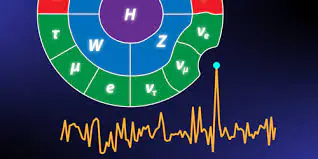
Прецизионные измерения параметров тяжелых адронов и поиск Новой Физики в эксперименте CMS
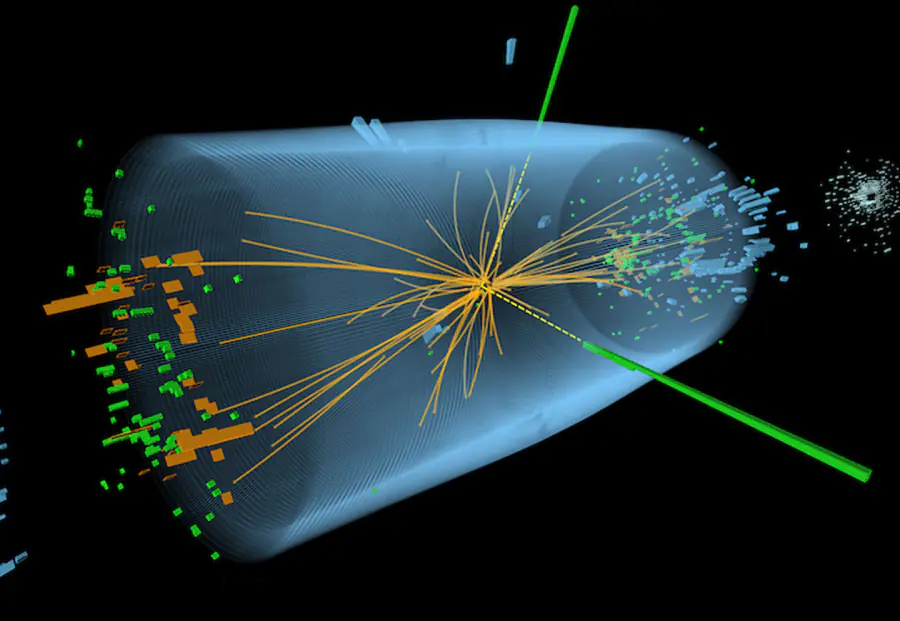
Свойства корреляционных функций в квантовой теории поля, аналитичность, изометрия и нестационарность

Теоретико-полевые методы в М-теории

Динамика экзотических бран и негеометрические компактификации
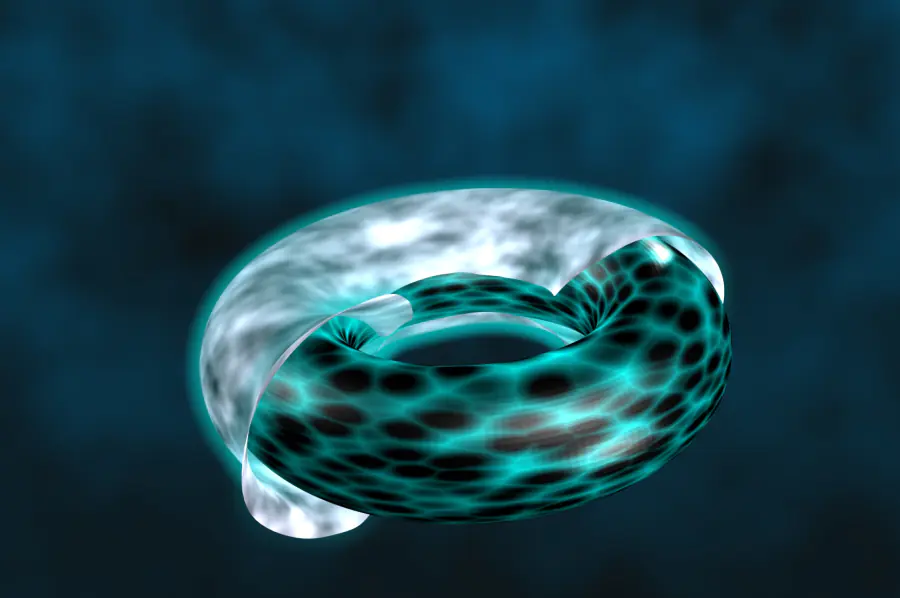
Методы генерации решений супергравитации и АдС/КТП соответствие
